Humanities Q2
NOTE: This is a student made study guide and therefore, do not rely on this completely to study. If you use only this study guide and bomb the test, it isn’t my fault, but your own.
History
!ROME!
Republic
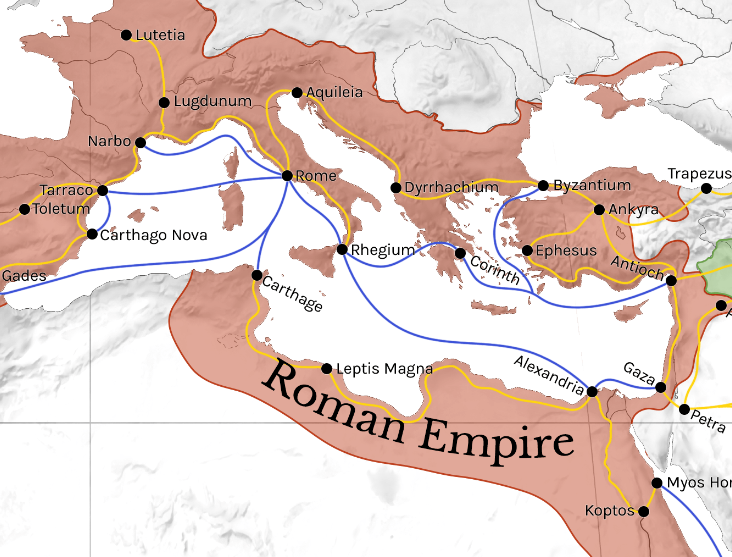
Established in 509 BCE after overthrowing the 7th Roman king.
On the Italian Peninsula, which allowed for it to be the center of trade and expanded quickly after winning the Punic Wars.
12 tables protect everyone equally and the Senate had 300 senators (mostly rich Patricians), 10 Tribunes (Plebeians), and 2 Consuls
As Empire expanded, legions had to go further and further away from capital, so their loyalty shifted from Rome to generals.
Main Points:
Democratic and Republic
Turns to empire
Empire
After Caesar dies, Octavian renamed himself as Emperor Augustus and starts Pax Romana.
Empire expands and Empire flourishes and bureaucracies are established while the Emperor’s get crazier and crazier
Nero burns city for bigger palace
Nero turns Christians into candles
Nero made rich people make him their heirs and then made said rich people commit suicide
Caligula went to war with the sea
Caligula made his horse a senator, made him a marble stable, and made guests eat food with horse
Commodus tried to rename the city of Rome after himself
Empire was dying because it was poor and they kept getting invaded by Germanics.
Constantine and Diocletian try to fix stuff with Diocletian dividing empire in 2: Greek East at Byzantium/Constantinople and Roman West at Rome.
Rome Falls in 476 CE
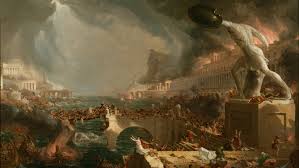
Main Points:
Expanded too fast and faced the consequences
After fall, territories became disconnected
China
Song 960-1279
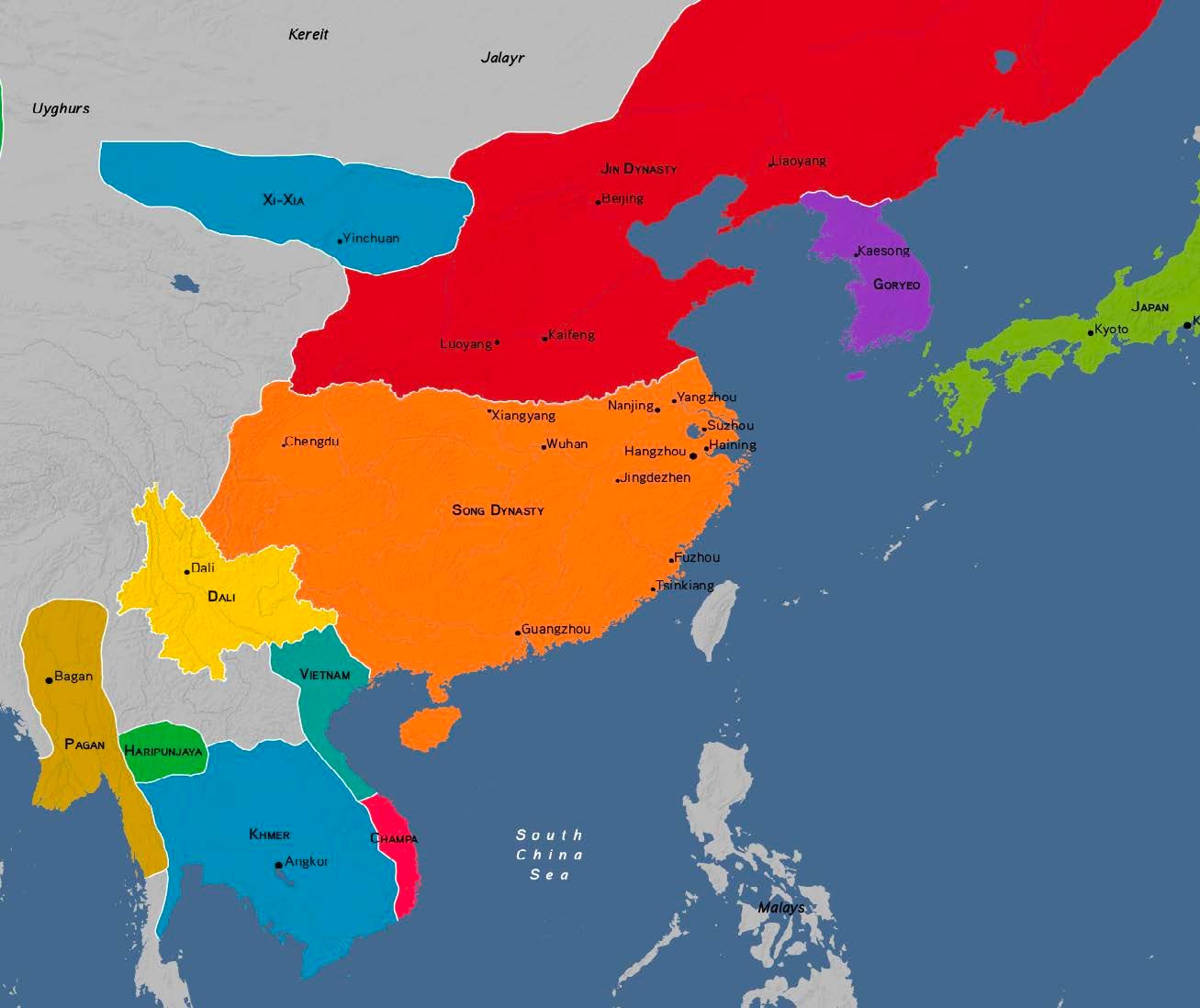
Reasons for long reign
They were the creators of bureaucracies and made them merit based (theoretically, anyone can become a civil servant). This kept the empire running properly
Very rich
Compact, so less area to protect
Expansion of the Grand Canal allowed for greater cultural unity and paper allows for better storage of info.
heavy manufacturing in steel and iron important and gunpowder was created (but not for explosives)
Tribute System was established in neighboring states such as Korea and Vietnam, which promoted Sinofication (to become more like China) and allowed stuff to go back to china, such as Champa Rice (which boosted population)
Class Hierarchy
Emperor
Nobles
Scholar Gentry
Farmers
Artisans
Merchants
Peasants
Overthrown by Mongols, but were already declining by then.
Main Points:
Tribute system
Rich due to precious industries
Creators of Bureaucracies
Japan
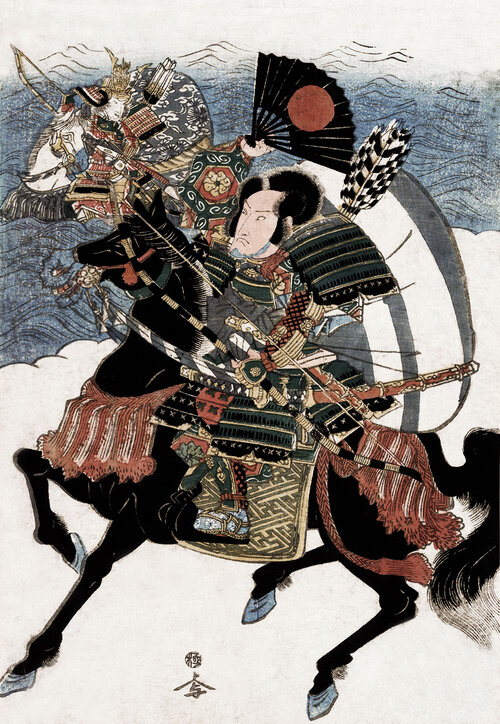
VERY feudalistic (like Europe) and militaristic after the Heian period.
Classes :
Emperor: has no power and same family has stayed in power to even today
Shogun: Militaristic warlord and acted like European king. They changed during revolution
Daimyo: Local warlords who managed their territories
Samurai: Social class (not job so women included) and managed small territories
Had a habit of commit suicide whenever they lost because dishonor is worse than dislife
Main Points:
Mostly independent, but sinofied
A lot like medieval europe
Vietnam
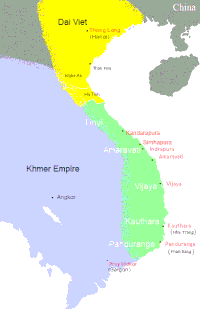
They were the rebellious nation, always fighting against Chinese rule, mainly because Vietnamese people believed women should have more rights compared to China. They payed tribute for some time and they also gave champa rice to China.
The region was also home to the blending of religions as Hinduism moved in due to Indian merchants. Buddhism replaced Hinduism
Main Points:
More women’s rights and rebellious
Champa Rice People
Korea
Not much about it except for the fact that they were tribute states to Song and were on the Korean Peninsula.
Main Points:
They are sinofied
Culture
Confucianism: founded by Confucius and is a philosophy, not a religion. It focuses on relationships and loyalty and honor. The son has loyalty to father, sister to brother, wife to husband, man to country, etc.
Daoism/Taoism: The other religion in China which focused on peace with nature
Shintoism: combination of Confucianism and local Japanese religions.
Neo-Confucianism: A version of Confucianism that added aspects of Daoism and Buddhism. This was most prominent in Song dynasty and was used for the Civil Service exams.
Dar-al Islam
Abbasids
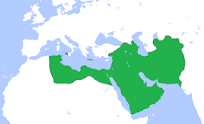
They started the Islamic Golden Age (a period of much scientific growth) and are also rich due to their extensive trade networks.
Their leader is the caliph, but as the Seljuk Turks take over, they change the name to Sultan. They were wiped out by the Mongols in 1258. Even before the turks moved in, the caliphate was weakened by the official split between the Shia and Sunni
Main Points:
Caliph at top
Last major caliphate under Arab rule
Golden Age of Islam
Delhi
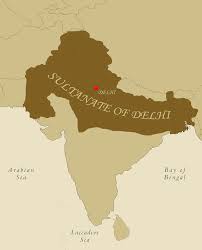
Islamic caliphates had already gained access to NE India, but then the Turks moved into to Delhi and establish Sultanate. During their reign, they were able to somewhat unite Northern India
Islam vs. Hinduism:
Muslim minority ruling over Hindu majority
Hindus were deeply iconographic while Muslims were deeply iconoclastic
Muslims inserted themselves into the upper echelons of the strict caste system
The presence of both religions allowed the mixture of the religions, forming the Bhakti movement and the Sikh religion (Syncretism).
Main Points:
Muslim vs Hindu problems begin here
Minority rules over Majority
Golden Age
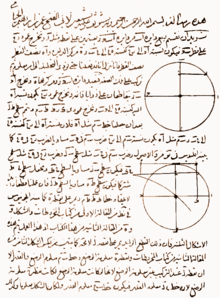
A period of much advances in sciences such as math, philosophy, and astronomy
Nasir al-Din al-Tusi creates an annoying branch of math: trigonometry
A’ishah al-Ba’uniyyah is the most famous female Sufi writers till 1900s
Muhammad ibn Musa Al-Khwarizmi creates algebra
Large scale universities were established
Main Points:
Muslims do a lot of advances
Other Areas
Islam spread to Western Europe, in which Spain became known as al-Andalus
Christians, Jews, and Muslims lived together harmoniously
Islam expansion stopped at the Battle of Tours in France
Started the period called the Reconquista in which Christian armies tried to expel Islamic forces
Lasting Islamic impression on Spanish culture
Main Points:
Muslims are in Europe, starting Christian-Muslim rivalries
Europe
Byzantines
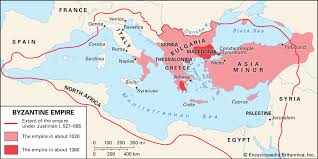
With a capital centered at Constantinople, a shipping choke point and a connection between Asia and Europe, the city became extremely rich.
They considered themselves to be the sole successor to Roman Empire and they considered themselves Romans (they were named Byzantines by historians)
Though Roman, they were more culturally Greek and Christian
Expanded under Justinian’s rule, but got pushed back due to Islamic expansion.
Much spending into arts, leading to the creation of magnificent structures such as the Hagia Sophia
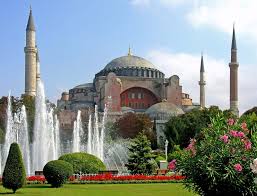
They believed that the Emperor was head religious icon and all others had to serve him (Caesaropapism), which went against the Roman Papacy. Other differences included feast days, special saints, types of bread, etc.Such differences eventually led to the Great Schism which ended up creating the Eastern Orthodox Church in the Byzantine Empire and the Roman Catholic Church in the West.
Main Points:
Only point of connection between Asia and Europe
EXTREMELY wealthy
Caesaropapism vs Papacy
Western Europe
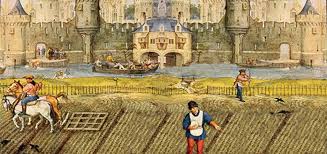
It is essentially in a state of decline ever since the fall of Rome, though the Holy Roman Empire (it’s not holy, nor Roman, nor an empire) tried to reunite it.
Due to the lack of a strong centralized authority, political devolution occurs, creating feudalism
King is at top and gives fief (land) to Lords and in exchange, the Lords become the king’s vassals (essentially loyalty)
Lords give land to knights and in return, he receives military loyalty
Knights give land to peasants to farm on and get food in return
For the peasant, life was centered around the manor (knight’s land). They were born on the manor. They worked at the manor. They married those in the manor. They died in the manor. There have even been cases that if a couple from different manors wants to get married, they have to get permission from both lords of the manor.
If you’re thinking life can’t get any worse, guess what! Here comes the Bubonic Plague! Originating in Kyrgyzstan, the Plague spread quickly to Europe, traveling through fleas and the air and ended up killing 30%-60% of the population of Europe. Though a complete tragedy, the surviving peasants had an improved lifestyle as manors had a hard time finding enough peasants, and the cultural and religious systems were completely changed.
Life isn’t all bad as many new things are created, such as steel plows.
Main Points:
Political devolution
Life centered on manor
Bubonic Plague changes everything
Americas
Maya 250 - 900
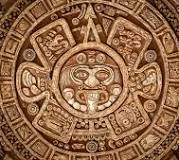
Not an empire, but a collection of city-states that fight more than siblings. Fighting also keeps the population under 2 million people.
They are patriarchal, but women have positions of power too. sometimes. maybe.
They had a bad habit of sacrificing humans, but they also created rubber and accurate calendars (like really really accurate calendars) and the idea of 0
Main Points:
City-states
Not much because it is out of time period
Aztec 1200-1519
Also known as the Mexico, their empire was centered on the city of Tenochtitlan on Lake Texcoco and that came with its own challenges. To grow food, they made chinampas (food islands) that were innovative, but ineffective. Due to the fact that they had to govern a large theocratic empire, from which they took human sacrifices, and had no wheels or pack animals, their empire was already in decline before the Spaniards even got there.
Main Points:
Capital on lake
Can’t have long distance connections
Theocracy
Inca 1438-1533
Based in the Andes mountains and with a capital at Kuzco, this empire was a lot better as it had better roads, more integration, and a better system of governance (tax was in public service instead of money)
They started to decline due to their belief that after someone died, their property is still theirs and can’t be divided to others. This forced them to expand, stretching army. By the time Spaniards came, there already was much infighting and they had been devastated by smallpox
Main Points:
Better than other American civilizations
Not that important because outside of time period
Religions and Other Stuff
Christianity
After the fall of the Roman Empire, the only thread tying Western Europe together was the Church, headed by the Pope. On the other side of the continent, the Byzantines were having a great time and didn’t like the Pope telling them what to do because they thought the Pope was inferior to the Emperor. So they broke the Church in 2, The Western Roman Catholic Church and the Eastern Orthodox Church.
Back in Western Europe, churches became the sole center of education as monks were the only ones who could read.
Islam
After the death of Muhammad, their was a division among muslims if the next caliph should be related to Muhammad or be like Muhammad. This division was the source of the Sunni-Shia schism and the resentment can still be seen today.
Another group worth mentioning are the Sufis, a mystic Islamic sect that believe that being spiritually connected to Allah is more important than following the Quran word for word. They were persecuted, but were very effective in getting converts.
Hinduism
The last and only major polytheistic religion on the planet, Hinduism builds upon thousands of years of cults and local practices that have been compiled into 2 epic poems, Ramayana and Mahabharata. The most major aspect to Hinduism for this time period is of the Caste System.
The Caste System is a social structure which allows for no space for upward mobility. The system puts the priests, Brahmins, at the top while puts the Dalits at the bottom.
Hindu society is based around the local temple, which serves similar purposes the churches did in Western Europe, mainly education, holy place, orphanage, etc
Buddhism
Founded by Siddhartha Gautama, a prince in Northern India, he left his home and became the Buddha, the Enlightened One, and created the philosophy (not religion as there is no god) of nonviolence, prayer, reincarnation. The philosophy focuses on how to reduce suffering by getting out of the reincarnation cycle.
The philosophy was really popular with poorer Hindus as it promoted equality and greater freedoms.
Their are many branches of Buddhism with their key characteristics:
Mahayana: This sect is followed more commonly in East Asia and has more culturally Chinese aspects to it
Theravada: This buddhism is more commonly followed in South and Southeast Asia and they are the faction that follows the old ways of Buddhism
Tibetan: More common in Tibet and the Himalayan mountain ranges, and shares more aspects with Hinduism.
Other Stuff
Empires
Usually have a large military
Fluid borders (always changing)
Core extracts resources from periphery
Usually have a sort of ruler (not always though)
English
Julius Caesar
Written by Shakespeare (meaning it is hard to read), this covers the events of Caesar’s assassination, and the following civil war
Brutus joins the Liberators to conspiring against Caesar
Caesar is assassinated in the senate (23 stabs and “Et tu, Brute“)
Octavian rallies the people against the Liberators
Civil war breaks out and the Liberators are killed/executed
Octavian is renamed Emperor Augustus
Important notes:
Chances that Brutus is Caesar’s son
While trying to save something from the bad, a greater evil takes its place
Utilitarianism
May include a part where Brutus talks to Caesar’s ghost
Henry V
Written by Shakespeare (even harder) and covers the events of King Henry V
Henry prepares to go to war with France
Some of Henry’s friends are executed for trying to kill Henry
Henry wins some battles
Henry marries the Princess of France, ending the conflict
Important Notes:
Most of the story takes place in France during the British Invasion
Part of the 100 Years War
In my opinion, this play is a lot more confusing than Julius Caesar
Part of a series on the reigns of the Henry’s
Ballad of Mulan
Written by some Chinese guy (so it is readable), and covers the tale of Mulan as she goes through 13 years as a soldier
Father too old to serve and brothers too young
Dresses up as a man and joins army, leaving behind her duties
Falls in love with a guy, who ends up marrying a princess
Comes back home after 10 years and tells everyone that she was a she and not a he
Important Notes:
Baddies are not Mongols, just horse-riding nomads
No dragon voiced by Eddie Murphy or a Chinese-printing cricket
No records proving she is real, mostly a folklore
Legal name is Hua Mulan
Emperor is called “Son of the Heaven“ or “Great Khan“, suggesting that it could be during the Yang dynasty.
Creation Myths
They follow a generally similar structure
Beginning:
Out of chaos comes the world
A god/gods emerges and creates the universe
Life:
Life is created
Animals and plants usually come before humans
Humans are created out of natural material
Humans are made to look like the God/gods
Notes:
Every creation myth is different and all of them have their own aspects, so be wary
Most myths come in poetic style, so you have been warned.